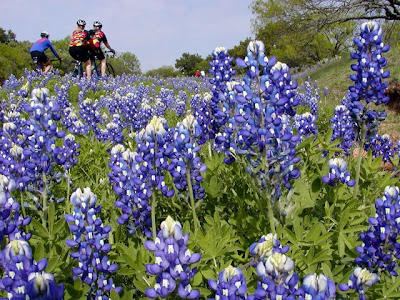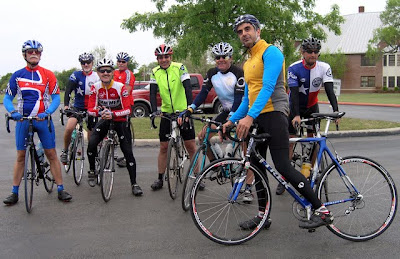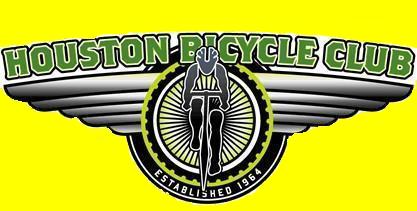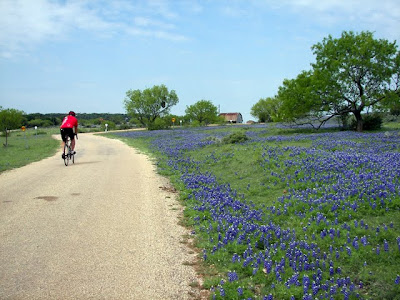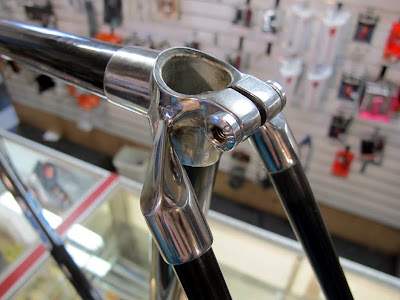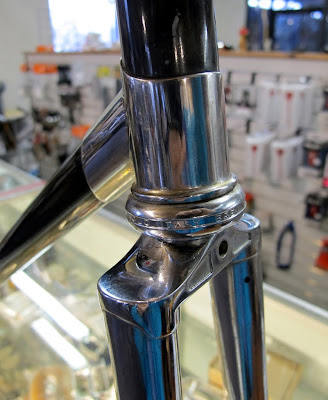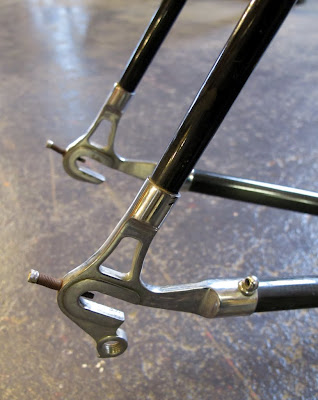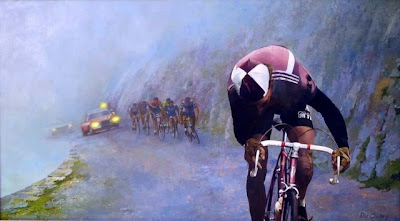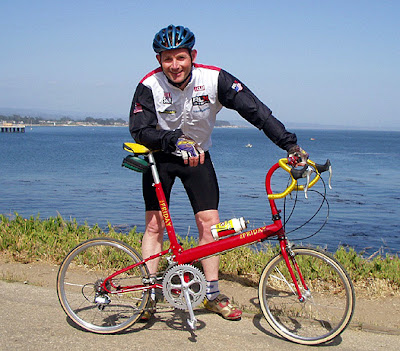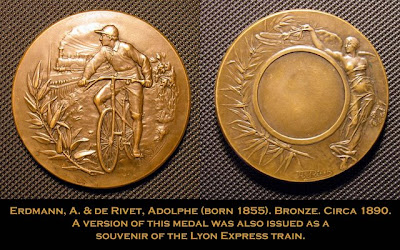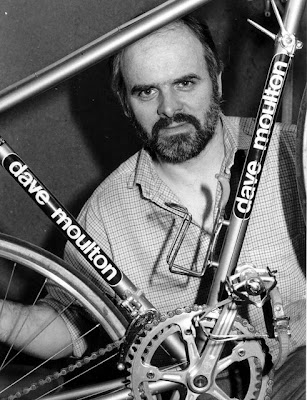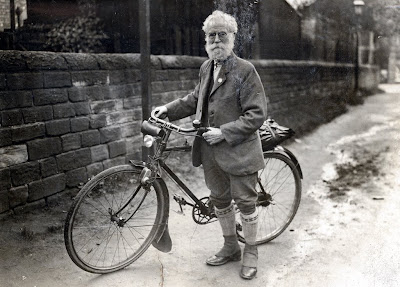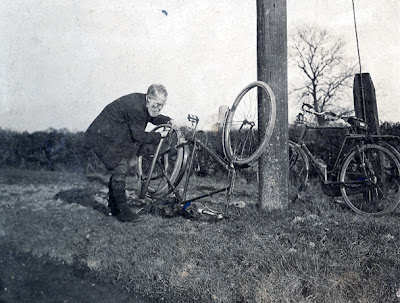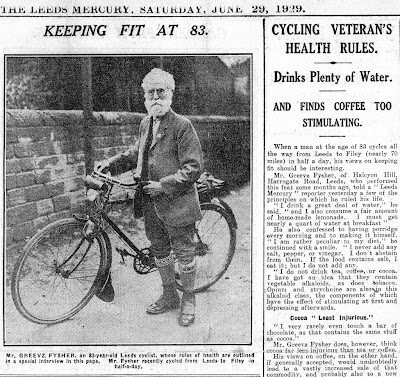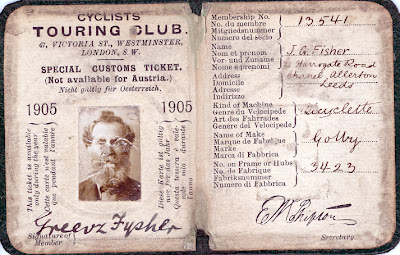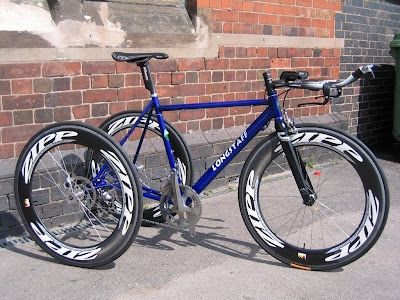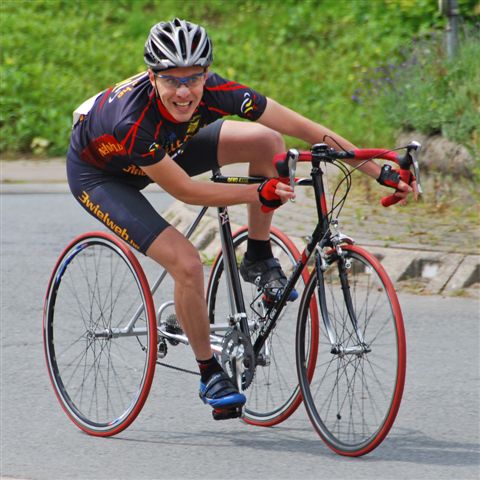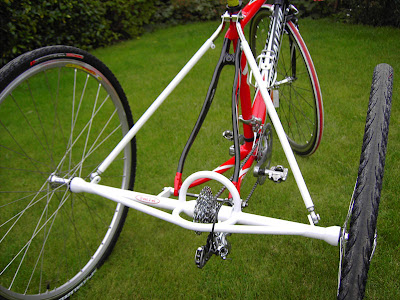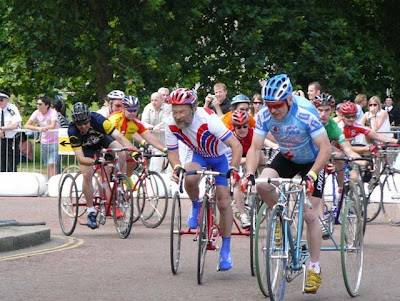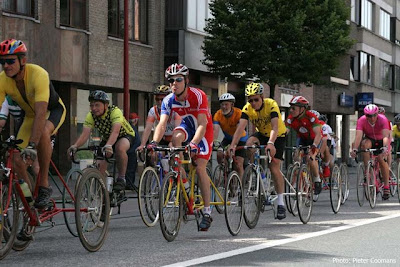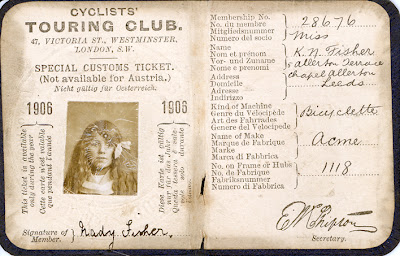My Top Ten Cycling Movies
Top ten this, best 1000 that, do this before you die …. how many lists can we digest? Well, get ready for one more because I want to open a debate with all you cinephiles on that rarest of beasts, the quality cycling movie. Without further ado, here is my own top ten list:
1) Breaking Away (USA, 1979).
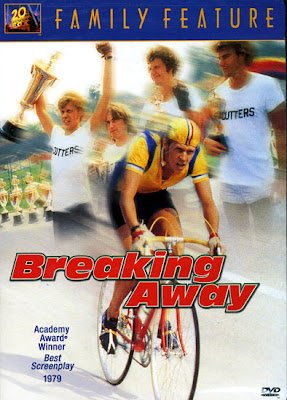
This is truly a cyclist’s film but is also of sufficient underlying quality to appeal to a general audience. Based on Indiana University’s Little 500 bicycle race, it uses the classic theme of the blue-collar lads (the “cutters”) winning out over the snooty college boys. Of course all the purists get quite sniffy about our hero’s faux pas (or rather the director’s) when he, Dave Stoller, uses his small chainring to crank up the pace while drafting a truck (for any techno-nerds out there, this would require a cadence of around 150). Paul Dooley gave a great performance as Stoller’s father and Dennis Quaid certainly went on to great things after this, one of his earliest movies.
2) Les Triplettes de Belville (France/Belgium/Canada, 2003).
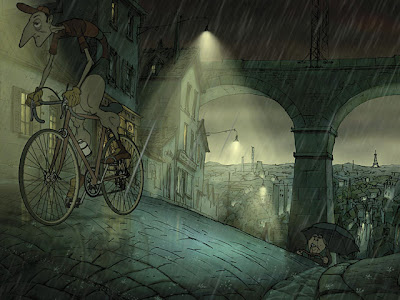
Sylvain Chomet’s brilliant animated movie whose true hero is the Granny who determinedly trains her grandson for the Tour de France. Equally magnificent are the Triplets themselves, three female singers who perform wonderful Parisian café routines. What a travesty it was that “Les Triplettes de Belville” lost out to “Finding Nemo” for the Best Animated Feature at the 2004 Oscars.
3) The Flying Scotsman (Germany/UK, 2006).
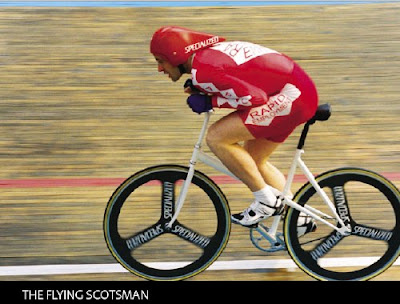
In 1993, Scottish cyclist Graeme Obree broke the world one-hour record on a controversial bike that he designed and built. Jonny Lee Miller plays Obree in the film but Obree plays himself during the some of the cycling schemes. It’s an inspirational tale of the maverick Obree defeating the Establishment’s candidate, Chris Boardman. According to the movie, the Establishment went so far as to constantly change the rules, including banning aerodynamic riding positions, to ensure victory for their candidate. Boardman’s subsequent 1996 record of 56.4 km still stands as the “best effort” record in which aerodynamic positions are allowed.
4) A Day Out (TV: UK, 1972).

Alan Bennett is best known perhaps as author of “Beyond the Fringe” with Peter Cook and Dudley Moore and later for “The Madness of King George”. His first television production was this delightful vignette of a Yorkshire cycling club’s summer outing before World War One. It eloquently depicts the social diversity of the cycling community and finishes with a sad commemoration of those members of the group that did not survive the war to end all wars. Brilliantly directed by Stephen Frears who went on to direct “Dirty Pretty Things” and “The Queen”. And, as its set "Up North", it warrants two photos!
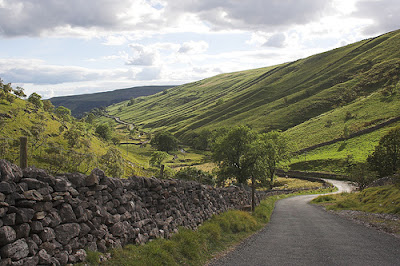
5) Ladri di Biciclette (The Bicycle Thief, Italy, 1948)
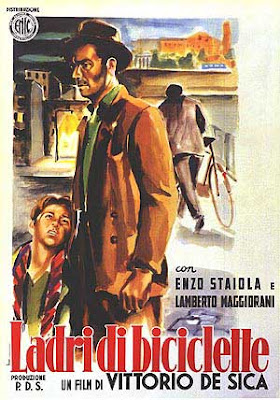
This seminal masterpiece was voted the sixth greatest-ever movie in the latest directors’ poll and #105 in the IMDB’s Top 250 films. The movie relates a bicycle-owner’s sad and fruitless search for his stolen machine. A beautiful but depressing film that brilliantly captures the bleak outlook for the working classes in post World War II Italy. The theme of the search for a stolen bicycle has resurfaced in a number of other movies over the years including Xich Lo (Cyclo; Viet Nam, 1995), Beijing Bicycle and Pee-Wee's Big Adventure (see below).
6) Deux Secondes (Two Seconds; Canada, 1998).
This was rather a sleeper movie about Laurie, a Quebec bike racer who becomes a bike courier when she becomes disenchanted with the competitive world. Her friendship with the crusty bike shop owner, Lorenzo, brings these two social outcasts together.
7) Roozi Khe Zan Shodam (The Day I Became a Woman; Iran, 2000).
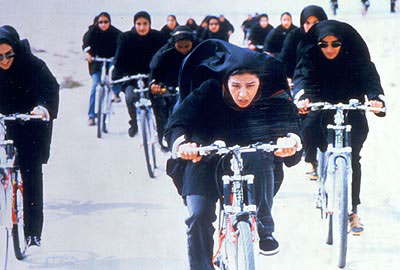
There are several great developing-world films in which bicycles play a critical part. In this rather surreal winner of the Venice Film Festival, Ahoo, played by Shabnam Toloui, enters a bicycle race, dressed in the traditional black Islamic cloak. She is chased down by her husband, brothers and uncles who are desperate to put an end to her feminist adventure. Another example of this genre might be “Bicycleran” (Iran, 1987) in which an Afghani immigrant to Irana rides a bicycle non-stop for a week in order to pay for the care of his sick wife.
8) A Boy, a Girl and a Bike (UK, 1949).
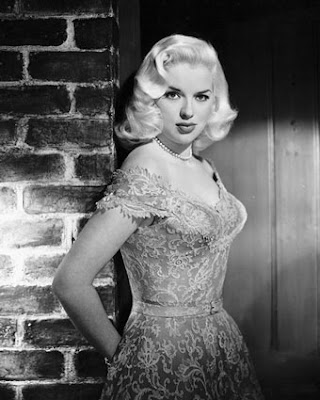
Remember Diana Dors, England’s answer to Marylyn Monroe (a comparison that does not recognise her considerable intelligence and acting ability) or Honor Blackman, the Pussy Galore of “Goldfinger”? Both actresses feature in this rather predictable tale of a love-triangle in a Hebden Bridge cycling club in the 1940s. While rather a trite production, it is actually very much a cyclists’ movie as there is ample discussion of chainrings and gears! Perhaps more importantly, it does capture the true culture of English bicycle groups from the pre-high-tech era.
9) American Flyers (USA, 1985).
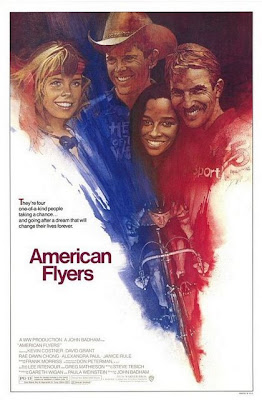
As movies go, this one is certainly not a masterpiece. Nevertheless the featured race, the “Hell of the West” was based on the very real Coors Classic (formerly the Red Zinger) and at a time when the Classic epitomized the dramatic rivalry between Greg LeMond and Bernard Hinault towards then end of their legendary La Vie Claire days. To round off the movie’s authenticity, there is a cameo appearance by the legendary Eddy Merckx. However, Kevin Costner cannot save the film from being rather corny even though there are lots of very good bike racing scenes.
10) Beijing Bicycle (Taiwan/China, 2001).
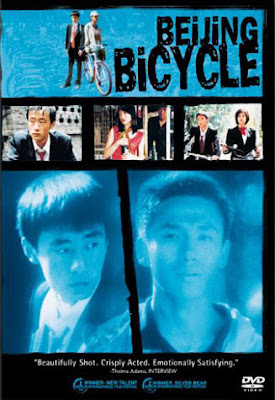
This is the modern Chinese version of "The Bicycle Thief" in which the lead character has his bicycle stolen shortly before he finishes paying for it. The movie is set during the remarkable transition period when China emerges from the days of communism to the currently-emerging materialistic era. It even captures a Chinese version of class-warfare.
An honourable mention must surely go to Jacques Tati’s Jour de Fete (France, 1949) a satirical comedy in which Tati plays a village postman in a rural French village.

There are also two films that are sometimes found on other cycling movie lists but which just don’t cut it for me. One is Pee-Wee's Big Adventure (USA, 1985) . Notwithstanding Paul Reubens’ real-life weird escapades, this kids’ version of "The Bicycle Thief”, while it might appeal to youngsters, just ended up making me feel uncomfortable.
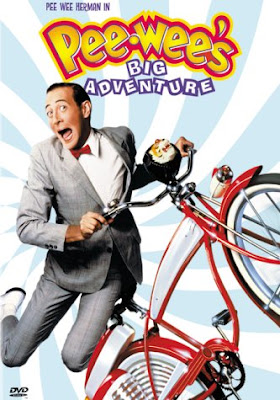
The other is Quicksilver (USA, 1986). starring Kevin Bacon who plays a yuppie who loses his job and becomes a cycle-courier to make ends meet. It’s just a downright cheesy film and even an opening scene with Nelson Vails (silver medal in the track individual sprint at the 1984 summer Olympics) can’t save it.
Movies that might have made my list but which I just could not find include Le Vélo de Ghislain Lambert (France/Belgium, 2001) a Belgian bike racing comedy set in the 1970s. Reviews laud its authentic racing episodes. Another film that’s not yet available in the US is Une Affaire d’ Hommes (France, 1981) which is a murder mystery set in a local bicycle racing group. And never forget the Bike Film Festival. It does come to Austin once in a while. See http://www.bicyclefilmfestival.com/
So, which is your favorite cycling film that’s not on this list?
